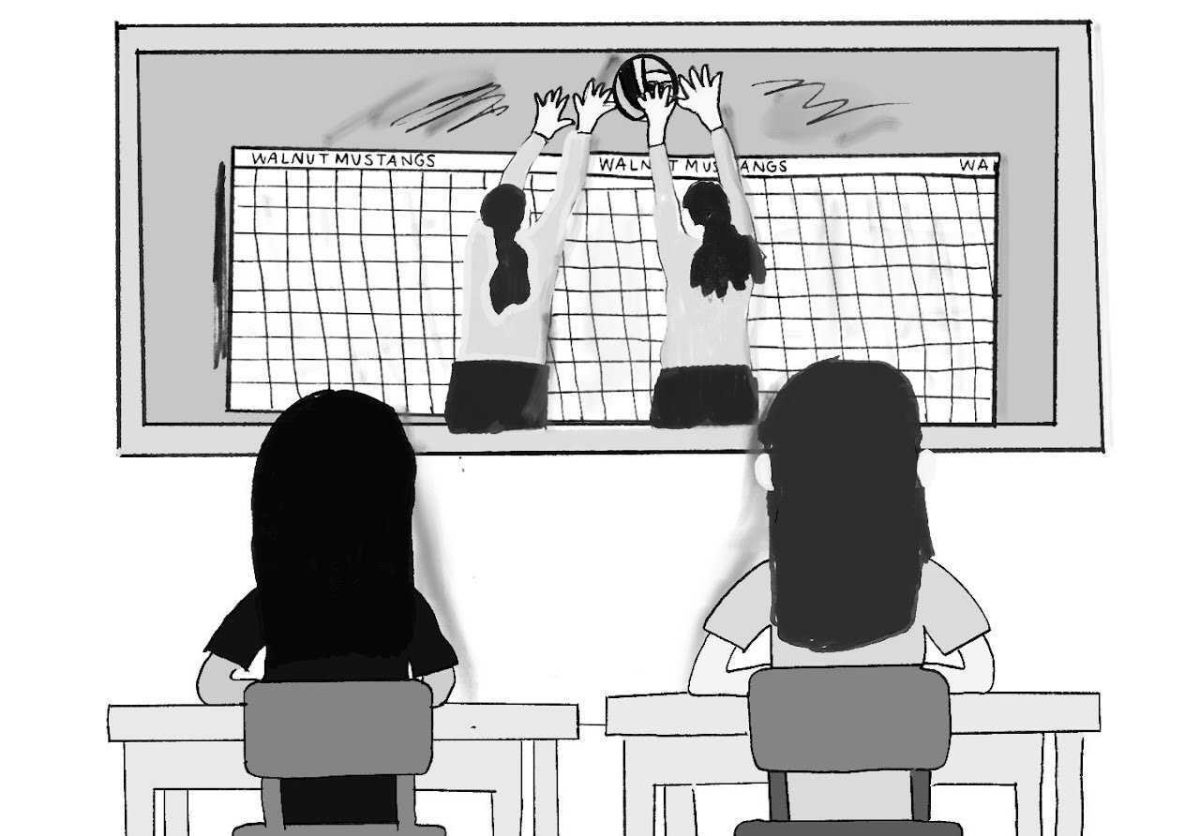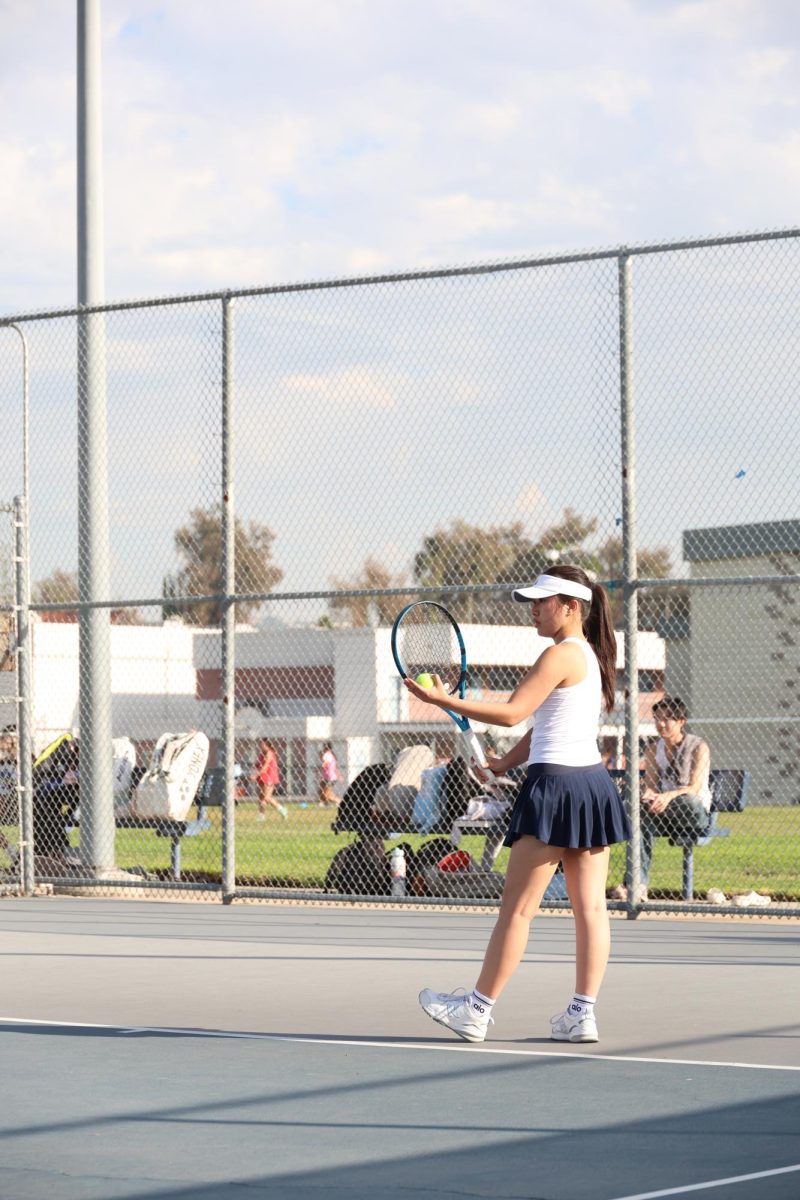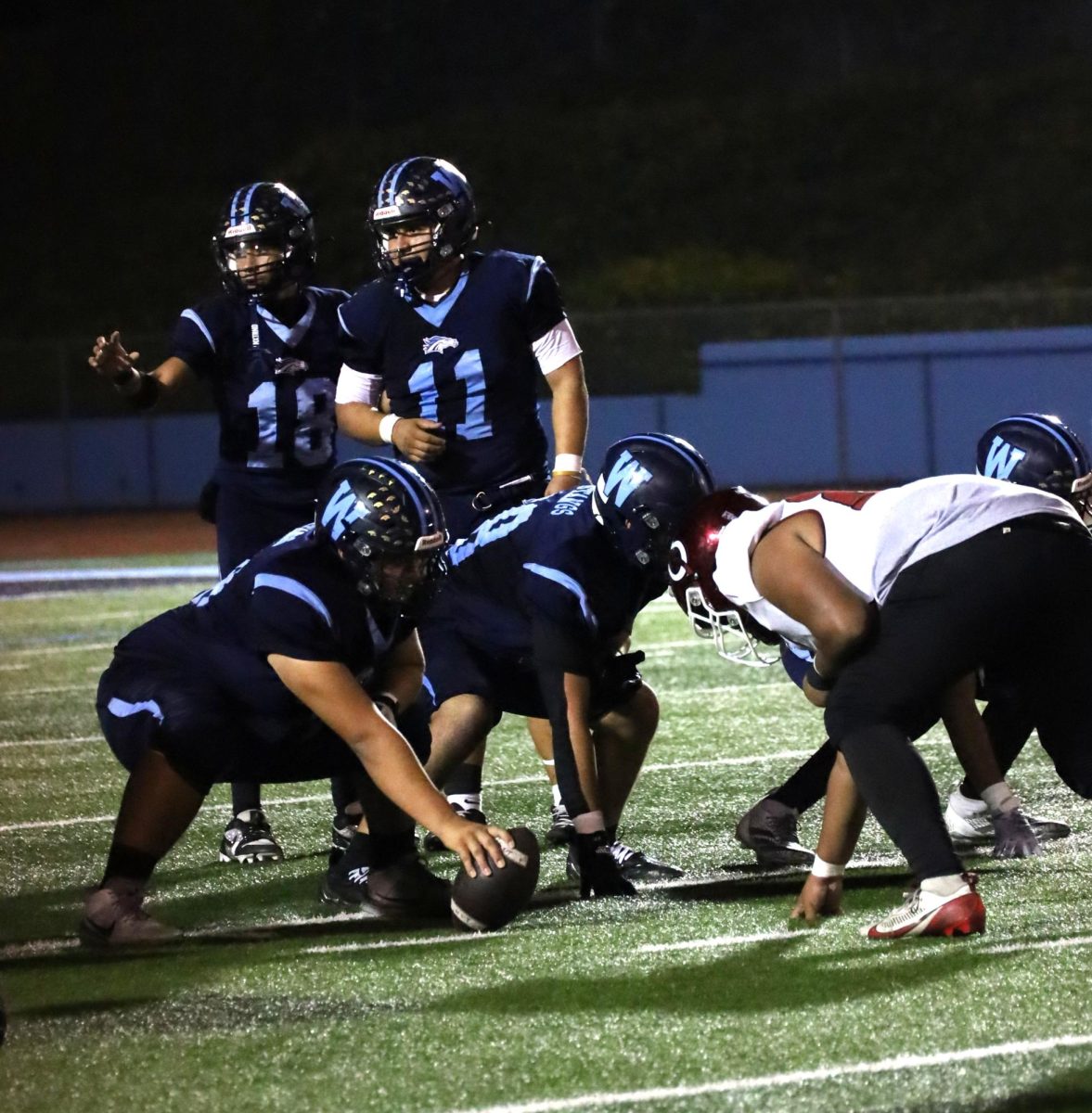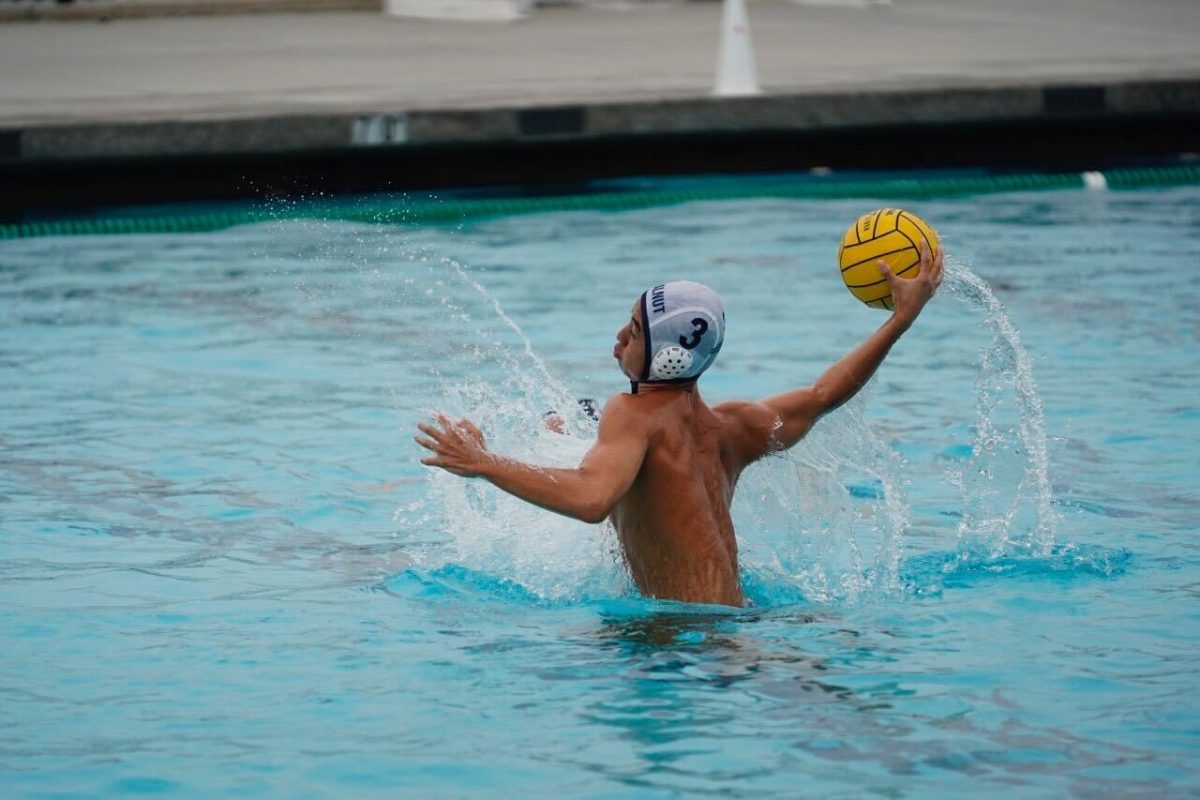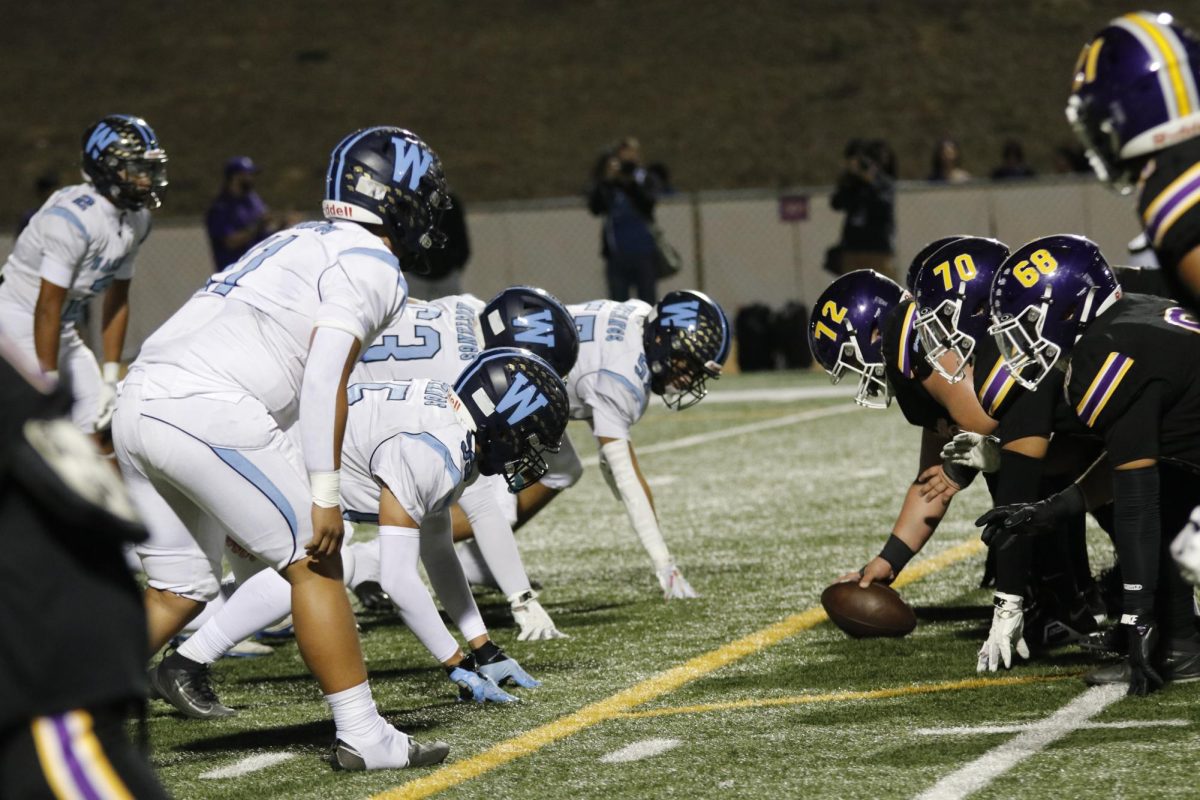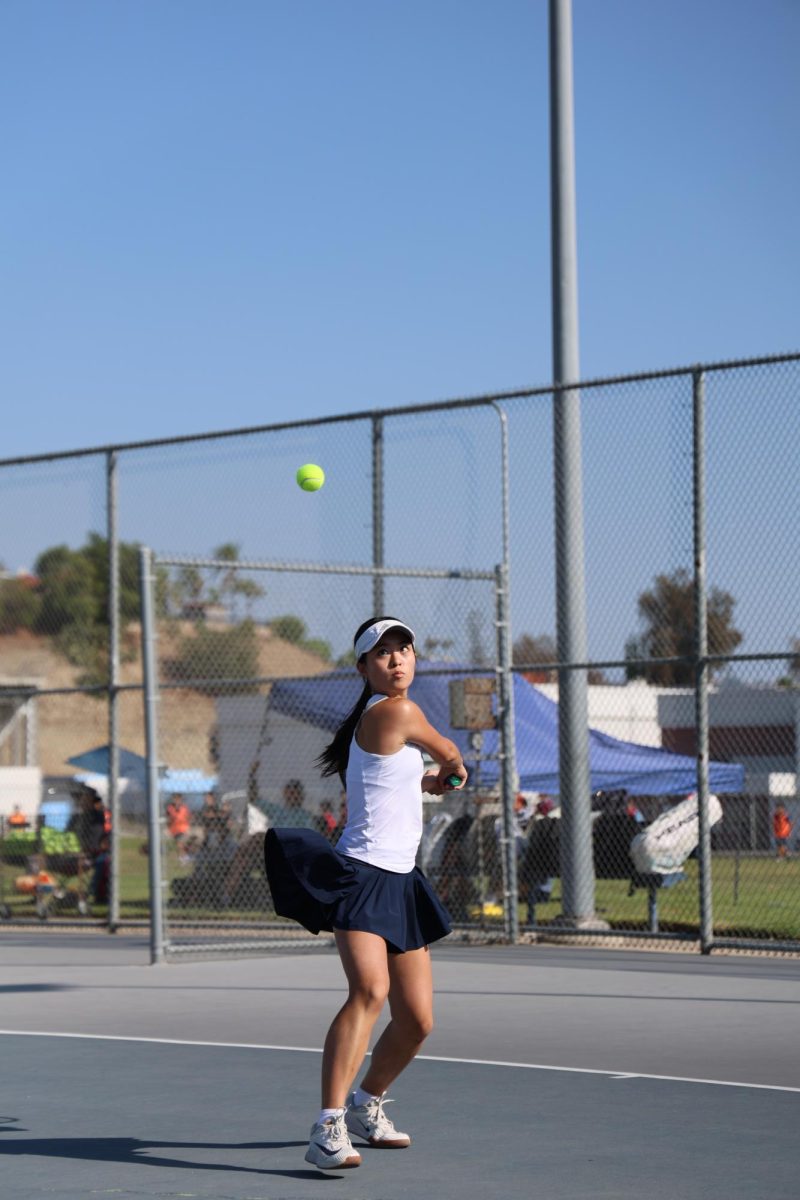Whether you win in basketball by 30 points or lose by 30, one thing’s certain: you’ll be watching previous game footage the next day.
Athletes in any sport—whether it’s football studying defensive coverage, soccer analyzing missed passes or volleyball breaking down several serve receive strategies —benefit from reviewing film. Through analyzing plays, teams can deduce the strengths and weaknesses of both themselves and their opponents.
“If you watch a certain player, you can see things like how they serve, how they pass and where they move on certain rotations,” volleyball defensive specialist junior Caitlyn Morales said.
“Being able to watch how they play beforehand gives us kind of an introduction to see how their team chemistry is and how we can use their disadvantages to our advantage.”
In football, head coach Eric Peralta breaks down each scene, explaining what happened in the previous day’s game and what the team could’ve done better. The team often spends three hours Saturday mornings practicing and reviewing footage.
“I remember the first game of the season, we had a lot of incorrect routes, but we just kept watching film. By the time we played Valencia, a lot of us were running correct routes every time,” football tight end and long snapper senior Dylan Hanson said. “With how they bring up a backer on punt, my job as a long snapper is to snap the ball and go downfield, so I learned to find a way around that by either using my hands or speed to get away from him.”
For boys water polo head coach Bryan Canchola, film helps reveal a team’s strengths, showing which plays work best together and how players can support one another during substitutions or when defensive gaps appear.
“One of our starters was in foul trouble, so we had to substitute him out early and put in one of our non-starters. Once that player went in, the Bonita [players] went after him, trying to attack him a lot. [Watching the film showed] that when we make these substitutions, we have to adjust how we play. Defensively, try and help them cover a bit more than we would a normal starter, and offensively, make sure that they’re active and moving,” Canchola said.
Film also helps athletes grow individually by allowing them to see what they might miss in real time. When reviewing footage, players can identify specific timing and positioning mistakes that are often difficult to notice in the moment. These recordings make coaching more efficient and help players make adjustments for future matches.
“It’s good to focus on things when they are going well, but you learn more from the things that go wrong,” Canchola said. “Film is important not only for the guys that [play], but also for the guys that may not play as much. Having that kind of coach in the background of talking through what’s going on the screen is necessary.” Ω

